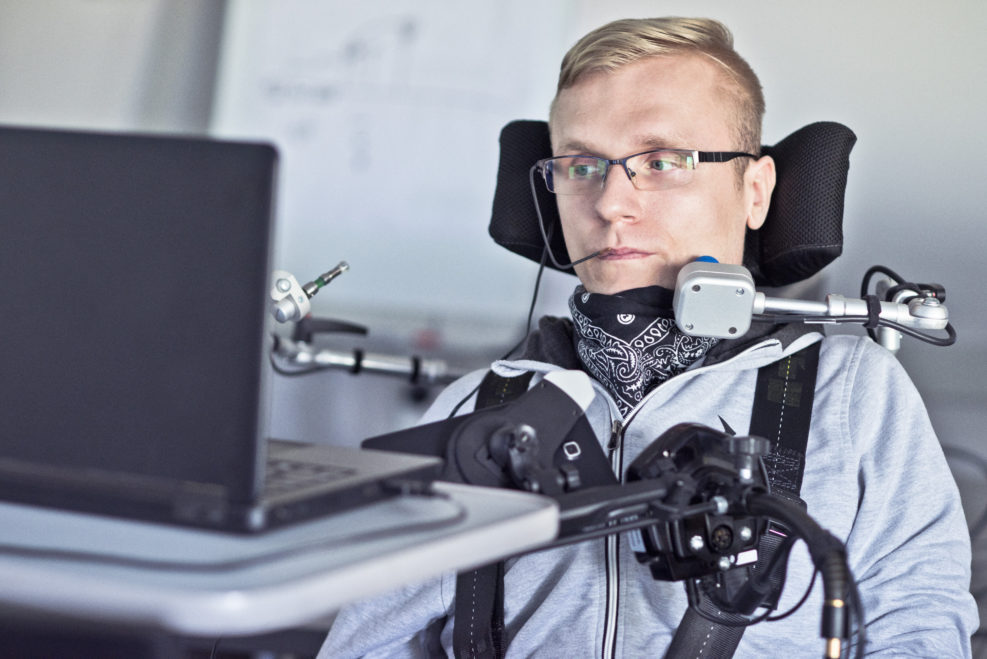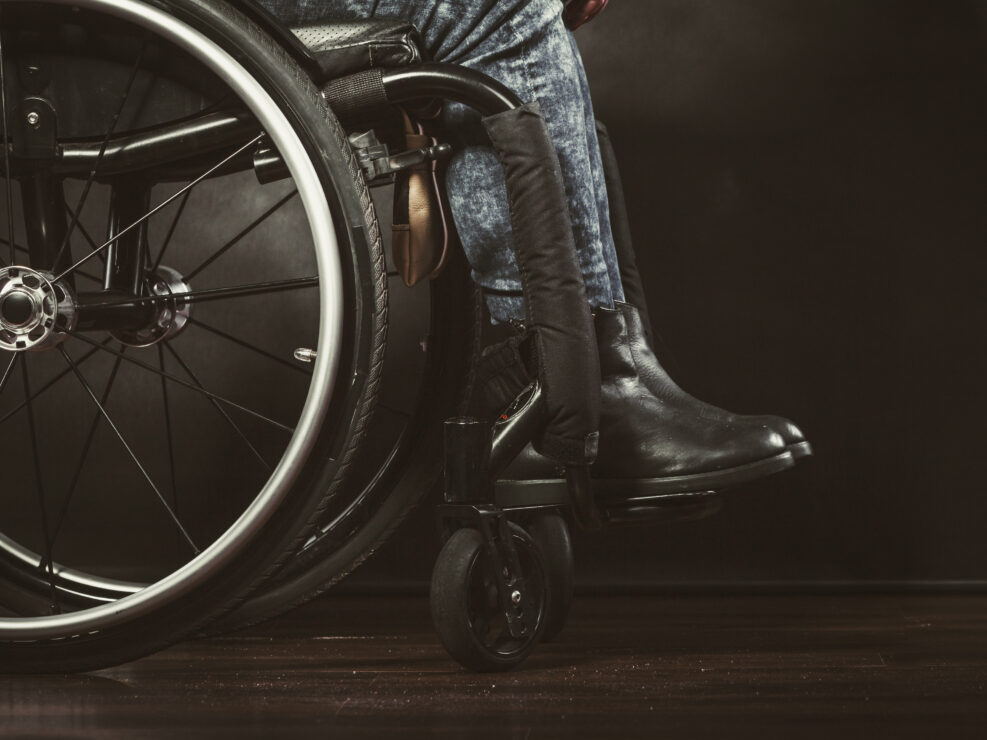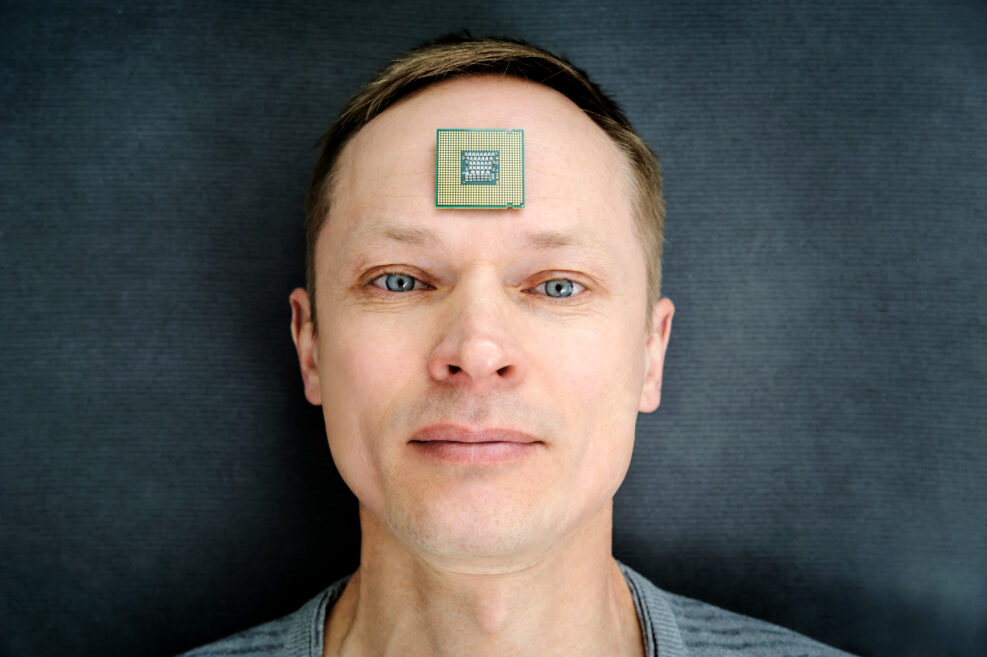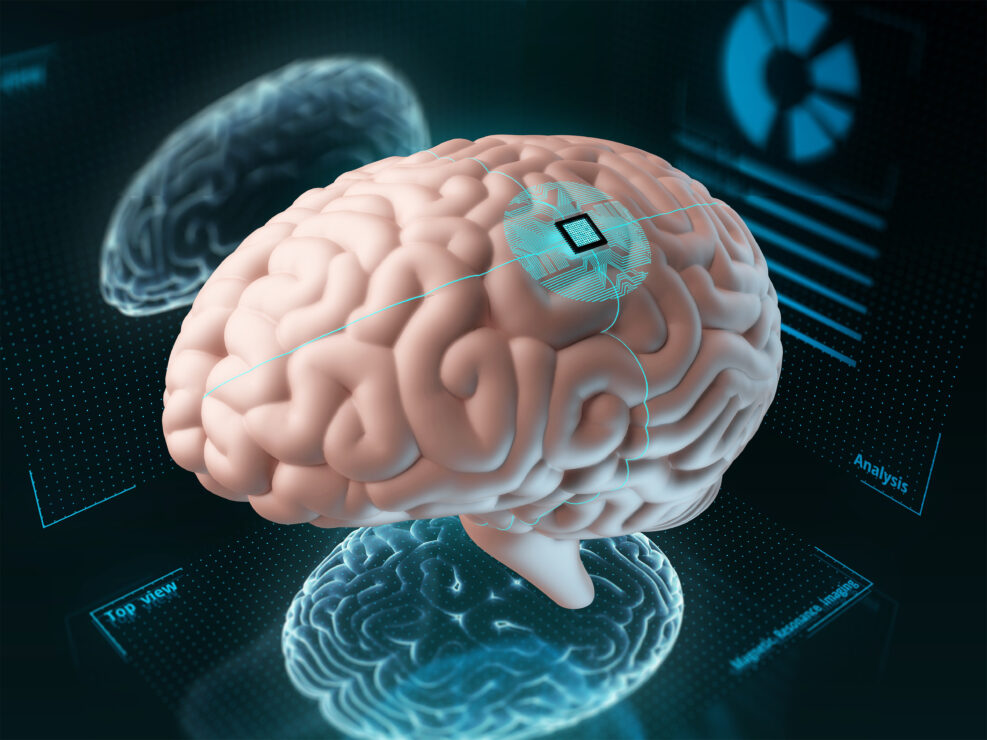
Paralyzed Man Writes, Using Only Imagination — and an Algorithm
With implanted electrodes, the volunteer, 65, achieved 90 characters per minuteThe science media has been abuzz these last few days with news of man paralyzed from the neck down who was able to type using only his thoughts — communicating via a brain implant: A 65-year-old man had two grids of tiny electrodes implanted on the surface of his brain. The electrodes read electrical activity in the part of the brain that controls hand and finger movements. Although the man was paralyzed from the neck down, he imagined writing letters softly with his hand. With an algorithm, researchers then figured out the neural patterns that went with each imagined letter and transformed those patterns into text on a screen. Anushree Dave, “Brain implants turn imagined handwriting into text on a Read More ›



